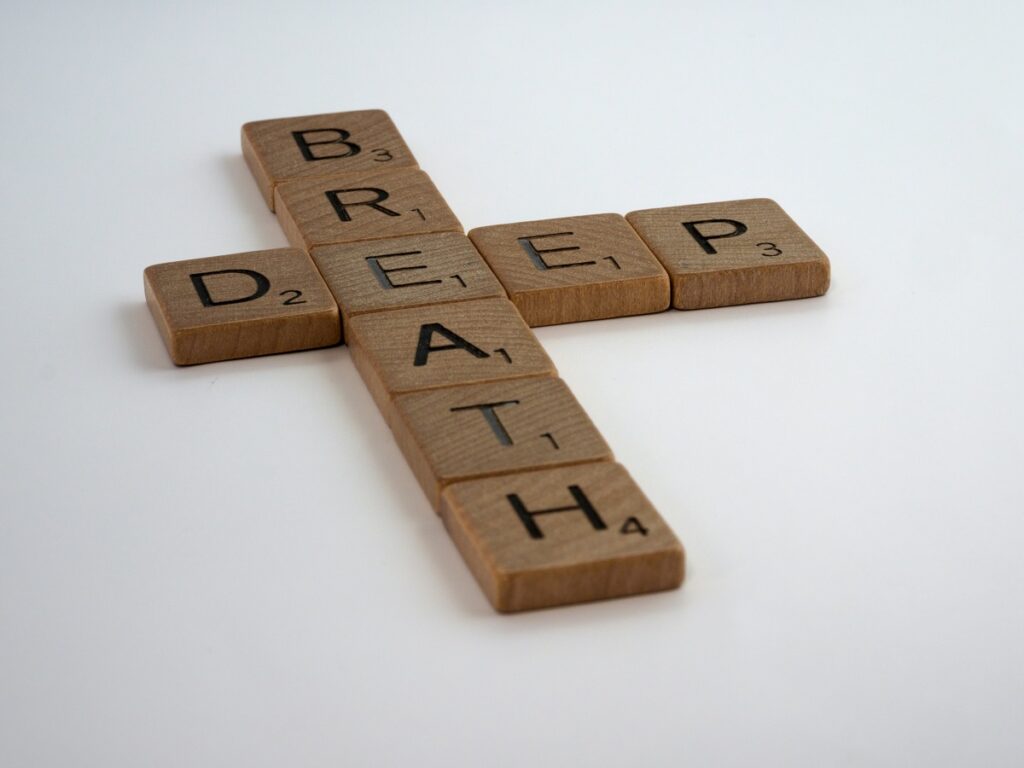When people think of the conditions that qualify people for disabled parking permits, they often envision drivers who use wheelchairs or other assistive devices for mobility issues. However, it’s not only these types of disabilities that can qualify a person for a disabled parking permit; certain respiratory illnesses qualify as well.
Here’s what you need to know about the types of respiratory conditions that qualify someone for a disabled parking permit, and a few breathing techniques that can help to alleviate the symptoms drivers with these conditions often experience.
Respiratory Conditions That Qualify Someone For a Disabled Parking Permit
There are a number of different conditions that qualify a person for a disabled parking permit, including certain respiratory illnesses. After all, many respiratory conditions limit how far someone can walk due to issues with breathing, so it makes sense that these conditions would qualify them for disabled parking that grants them easier access to places they want to go and gets them closer to a building’s entrance.

The most common conditions that qualify someone for a disabled parking pass include:
- Lung cancer
- Chronic obstructive pulmonary disease (COPD)
- Cystic fibrosis
- Asthma
- Chronic bronchitis
- Emphysema
In every state, if a person has a condition that requires them to use portable oxygen, they qualify for a disabled parking permit.
Why Should People With Chronic Respiratory Diseases Learn Breathing Techniques?
When your lungs are healthy, breathing is so easy you don’t even have to think about it. But when you’re afflicted with respiratory disease, the things that make breathing effortless for those with healthy lungs present a challenge.
There are a number of ways breathing techniques can help someone with a chronic respiratory disease. When you’re feeling stressed or anxious, it can help to reduce those feelings and help you to breathe easier in the process, but the most important aspect is that using effective breathing techniques can help to reduce episodes of shortness of breath and ensure that your body is getting the vital oxygen it needs. Breathing exercises, if done regularly, can help keep your diaphragm strong for easier breathing, too.
Breathing Techniques to Help Disabled Drivers with Respiratory Illnesses
Many types of breathing exercises can be helpful for those with respiratory illnesses. The best exercises to improve lung function include:
Pursed lip breathing
This is a great exercise to help you keep your airway open longer and reduce the number of breaths you need to take. It helps more air to flow both in and out, and it’s simple to do. You just breathe in through your nose and then purse your lips as you breathe out through your mouth, making sure to take twice as long breathing out as you do when breathing in.

Coordinated breathing
Coordinated breathing helps you ensure that you’re getting enough oxygen and working your muscles as you do. All you need to do to complete this exercise is breathe in through your nose when starting an activity or exercise, then exhales again through pursed lips when your exercise or activity is at its most intense part.
The purpose of this exercise is to help you be aware of your breathing so you don’t hold your breath when you’re trying something particularly challenging. If shortness of breath occurs, be sure to stop what you’re doing and use the pursed-lip breathing exercise to help you get ahold of your breathing before you start again.
Diaphragmatic breathing
Your diaphragm is the muscle located under the two bottom ribs. It is used in breathing, but many with respiratory conditions have weakened diaphragms, so it pays to focus on strengthening this muscle through breathing. To engage your diaphragm while breathing, all you need to do is lie down or sit in a comfortable position, then put a hand on your chest and the other on your belly. Slowly and deeply breathe in through your nose, feeling your belly move but your chest moving very little. Breath out through your mouth as you relax your belly, and then repeat.
Remember, practice makes perfect. Doing these exercises daily will help them become a part of your routine. If you do these breathing exercises to strengthen the lungs, then you’ll be on your way to feeling better – and maybe breathing just a little bit easier.
To find out if your respiratory condition qualifies for a disabled parking permit, contact Disabled Parking today.
Featured image by Brett Jordan on Unsplash
